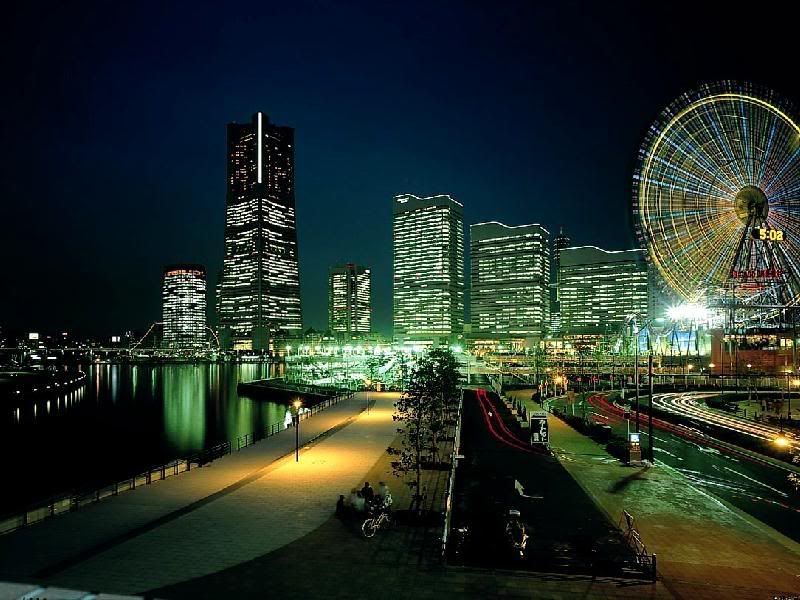Tokyo (東京 Tōkyō?), officially Tokyo Metropolis (東京都 Tōkyō-to?),[2] is one of the 47prefectures of Japan and located on the eastern side of the main island Honshū. The twenty-three special wards of Tokyo, each governed as a city, cover the area that was once the city of Tokyo in the eastern part of the prefecture, and total over 8 million people. The population of the prefecture exceeds 12 million. The prefecture is the center of the Greater Tokyo Area, the world's most populous metropolitan area with 35 million people.
Tokyo is the seat of the Japanese government and the Imperial Palace, and the home of the Japanese Imperial Family.
Islands
Tokyo has numerous outlying islands, which extend as far as 1850 km from central Tokyo. Because of the islands' distance from the administrative headquarters of the metropolitan government in Shinjuku, local offices administer them.
The Izu Islands are a group of volcanic islands and form part of the Fuji-Hakone-Izu National Park. The islands in order from closest to Tokyo are Izu Ōshima, Toshima, Niijima, Shikinejima,Kozushima, Miyakejima, Mikurajima, Hachijojima, and Aogashima. Izu Ōshima and Hachijojima are towns. The remaining islands are six villages, with Niijima and Shikinejima forming one village.
The Ogasawara Islands include, from north to south, Chichi-jima, Nishinoshima, Haha-jima, Kita Iwo Jima, Iwo Jima, and Minami Iwo Jima. Ogasawara also administers two tiny outlying islands: Minami Torishima, the easternmost point in Japan and at 1,850 km the most distant island from central Tokyo, and Okino Torishima, the southernmost point in Japan. The last island is contested by thePeople's Republic of China as being only uninhabited rocks. The Iwo chain and the outlying islands have no permanent population, but host Japanese Self-Defense Forces personnel. Local populations are only found on Chichi-jima and Haha-jima. The islands form the village of Ogasawara.
National parks
There are several national parks within Tokyo, among them:
- Meiji no Mori Takao Quasi-National Park, around Mount Takao to the south of Hachiōji
- Ogasawara National Park. As of 2006, efforts were being made to make Ogasawara National Park a UNESCO natural World Heritage Site.
- Ueno Park, well known for its museums. Is in this park where the following museums are located: Tokyo National Museum, National Science Museum, Shitamachi Museum and National Museum for Western Art, among others. There are also art works and statues in several places in the park.
Cityscape
Architecture in Tokyo has largely been shaped by Tokyo's history. Twice in recent history has the metropolis been left in ruins: first in the 1923 Great Kantō earthquake and later after extensive firebombing in World War II.[39] Because of this, Tokyo's current urban landscape is one of modern and contemporary architecture, and older buildings are scarce.[39]
Tokyo also contains numerous parks and gardens.









No hay comentarios:
Publicar un comentario